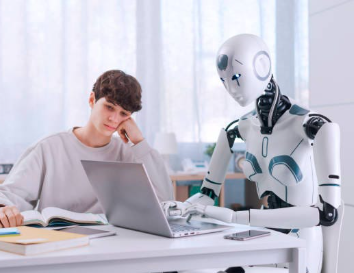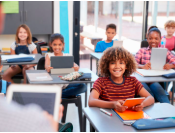Personalized learning has taken a front seat in today’s education systems, and technology is making it more effective than ever. With the right digital tools, students can now learn at their own pace, explore content based on their interests, and receive targeted support that meets their unique needs.
What Is Personalized Learning?
Personalized learning is an approach that tailors instruction to fit individual students’ strengths, needs, and preferences. Instead of a one-size-fits-all method, students receive learning experiences that are flexible and adaptive. This model encourages student agency, deeper engagement, and long-term academic growth.
How Technology Supports Personalization
Technology plays a key role in making personalized learning scalable and accessible. Digital tools such as learning management systems, adaptive quizzes, and interactive apps help educators monitor student progress in real time. Based on this data, teachers can adjust lesson plans, offer enrichment activities, or provide extra support.
For example, educational platforms can recommend reading materials at the appropriate difficulty level, while video-based lessons allow learners to pause, rewind, and review complex topics. These tools create a more responsive and supportive learning environment.
Benefits for Students and Educators
Students benefit from personalized learning by becoming more engaged and confident. When learners feel that content is relevant and achievable, motivation increases. It also supports the development of critical thinking and problem-solving skills, as students explore topics in ways that align with their curiosity and learning style.
For teachers, technology simplifies the process of tracking progress and customizing instruction. It frees up time to focus on mentoring and relationship-building, which are essential elements of a supportive classroom.
Examples of Tech-Driven Personalization
Learning dashboards show real-time student data and highlight areas for improvement.
Gamified apps adjust difficulty based on a learner’s performance.
AI-powered tutors provide instant feedback and guided practice.
Collaborative tools allow peer interaction and group problem-solving tailored to ability levels.
A Vision for the Future
As digital learning continues to evolve, personalized education will likely become more refined and widespread. The future classroom will use technology not just for content delivery, but as a bridge to understanding each student’s journey. By focusing on learner-centered design and inclusive tools, schools can ensure every student thrives.














